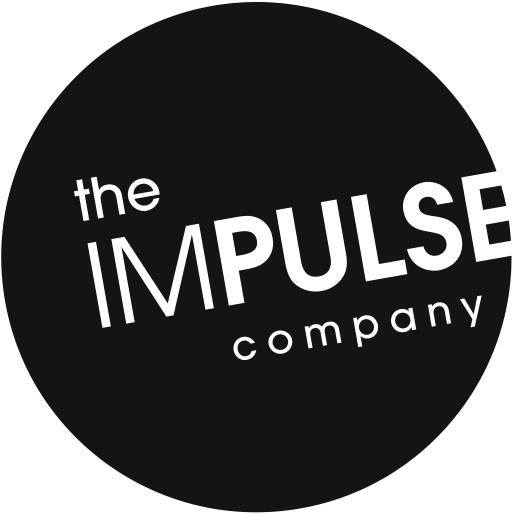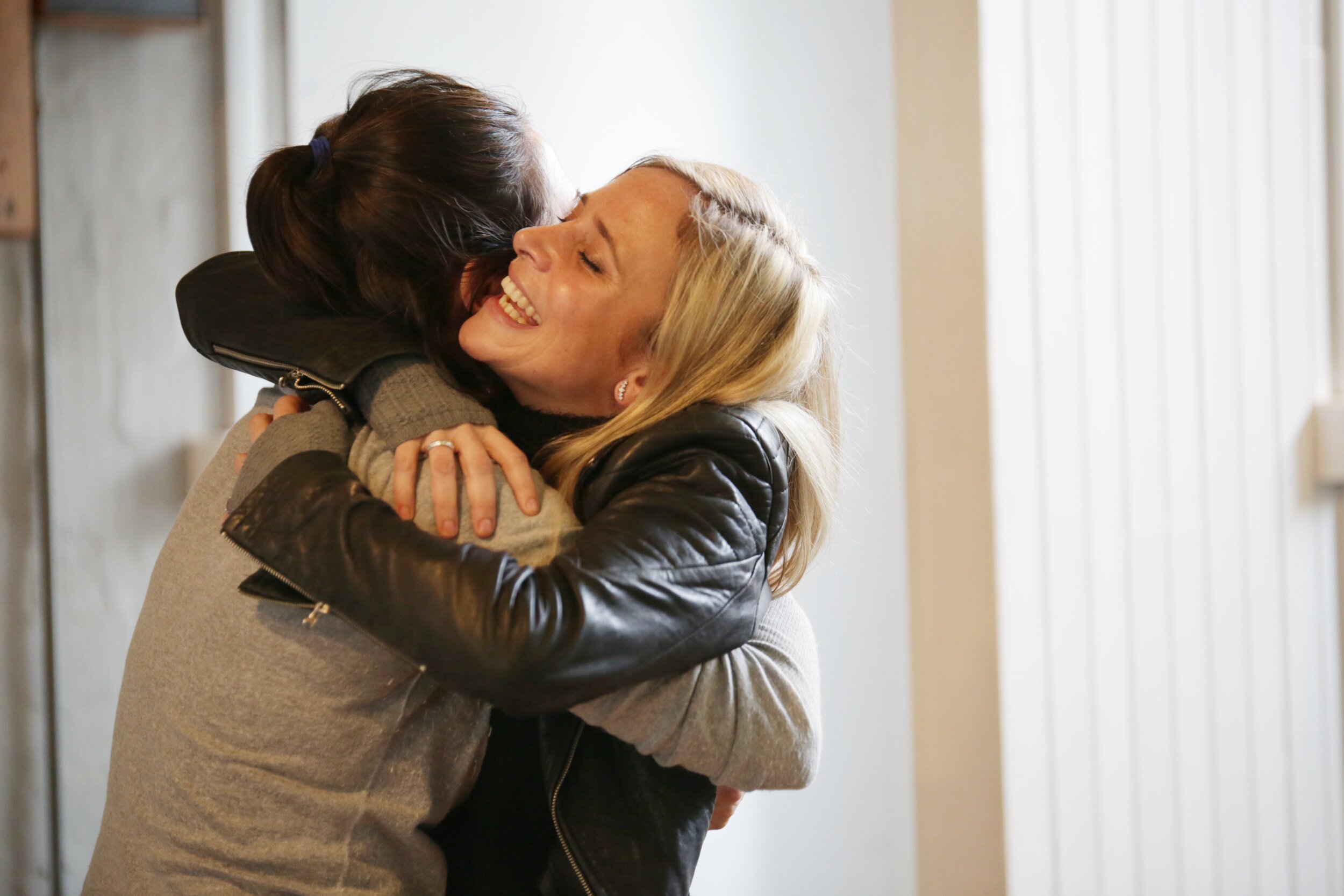What is the difference between Method and Meisner?
What is the difference between Method and Meisner?
I get asked a lot about what’s different about the Meisner technique compared to others.
People who have nothing to do with acting are often intrigued to even know that there are different techniques at all.
I think it’s fair to say that most people (non-actory civilians, as I like to call them) assume acting requires some element of “the method” approach, and when I say “method”, I speak directly to the work of Lee Strasberg, who whilst rooted in the Stanislavski approach during his Group Theatre days in the 1930’s, took those early techniques and moulded them into what we now call “The Method” – the tent pole of which is “affective memory”, which asks the actor to use experiences from their own life to motivate a character’s emotional or physical behaviour.
Of course, there are many styles of acting training (consider Stella Adler, Michael Chekov, Practical Aesthetics, Uta Hagen and Viola Spolin amongst them) and I believe no singular approach is the right one – it has to be the right one for you. And this is likely to change over time as you grow and develop as an actor and a human being.
Now, I’m not an expert in Lee Strasberg’s teaching at all, but I do know quite a lot about Meisner’s work. That’s why I teach it. I believe it is a safe, reliable, repeatable technique that requires no inner-world manipulation for your work to be believable and truthful. It asks nothing of your personal life and your secrets stay your own.
The difference between Strasberg’s Method approach and Sanford Meisner’s approach can be summed in this simple sentence that is fundamental to the Meisner technique.
“What happens to you doesn’t depend on you, it depends on the other actor”.
And that right there is the main difference. The Method is ALL about you – how you’re going to manipulate your inner self, emotionally and psychologically, to bring truth to your work. Our ground rule is to put all of our attention on our scene partner and observe and respond truthfully – it’s not about us having an idea to do something or delving within our personal history to match up a feeling to our character – but rather it’s an impulsive, emotional response to your fellow actor.
The process of learning this is simple, though the practice is difficult. Slowly, each class builds on our foundation exercise of repetition, so that we are sharpening your observing and responding muscles so they become more flexible, adaptable and lighting quick. There is no time to be in your head in this work – and I believe that’s incredibly useful for an actor.
In finishing, the difference between Method and Meisner is the notion that Method requires you to go within yourself and Meisner requires you to go beyond yourself – to the other actor, and that in turn, will free up your truthful responses.
You can find out more about our courses HERE

